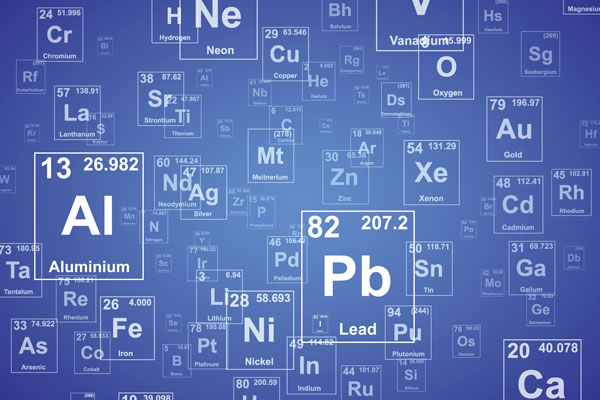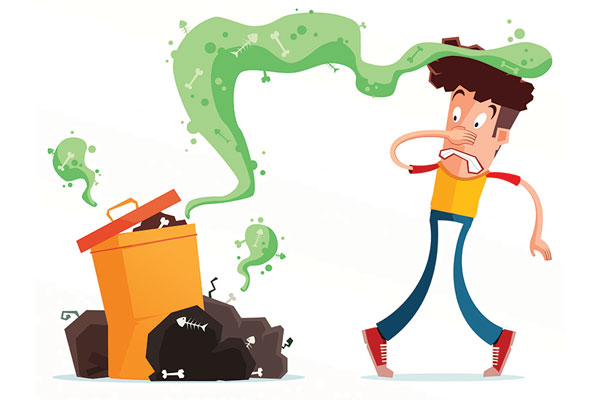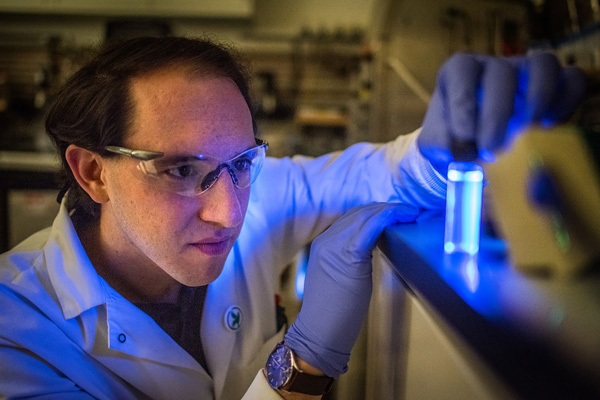
Downloads: Download Article (PDF)
The periodic table is a well-established, iconic tool in chemistry. It lines up elements based on atomic number, which is based on the number of protons in each atom’s nucleus. Hydrogen, having just one proton, is element number 1. Helium has two protons, and is element number 2, and so on. But have you ever wondered why the periodic table is organized the way it is, or what the patterns it reveals might tell us about the fundamental nature of the elements?
Thinkers who ponder these questions are philosophers of science. They explore questions about the practice, history, and conclusions of science. Beyond the periodic table, philosophers of science also ask these questions: How do scientists learn about the world? Where is the line between science and pseudoscience? How does the history of science impact how scientists work today and what we learn in science classes?
Philosophers’ descriptions of science aren’t always simple or settled, and they can spark heated debate. Still, thinking about science like a philosopher might help you understand the world a little better.
What Does the Periodic Table Tell Us?
Mendeleev’s periodic table presented in 1869 arranged elements by molecular weight. Many of the other tables developed around that period did the same. But subsequent versions highlighted different aspects of the relationships between elements. Even today, chemists propose new ways of designing the table. A recent study proposed a 3D table that factors in how atoms bond to each other to help artificial intelligence make predic-tions about chemistry.
All these possibilities spur many questions for philosophers, including the following: Beyond being a useful tool for chemists, is the periodic table describing something fundamental about the nature of elements? Are isotopes of the same element distinct chemical substances? How do the values of chemists—past and present—play into the definition of elements and the design of the periodic table?
What Counts as Truth?
Broadly stated, philosophers of science ask questions that can challenge fundamental aspects of how we understand the world.
Scientists, on the other hand, make observations and draw conclusions about how the world works, based on those observations. Philosophers call this process induction.
“The method of science is largely based on what we observe. That’s not a bad thing,” says Vanessa Seifert, a philosopher of science at the University of Athens in Greece. “And it doesn’t question the truth of our conclusions, because it is the case that there is a regularity in the world.” This regularity means that if we observe a phenomenon one million times, it’s likely that the next observation will be the same—but it’s not a sure thing.
For example, a lobster fisher might catch a million ordinary brown lobsters, but that is only enough evidence to say that the next lobster in the trap will most likely be brown. It doesn’t mean that all lobsters are brown. One day, the fisher might catch a rare, “one-in-100-million” cotton-candy blue lobster, like the one caught in Maine this past fall. Even so, the fisher wouldn’t start marketing blue lobsters. After all, the next lobster catch will almost certainly be brown.
So, how can scientists show that their predictions about a phenomenon will most likely be accurate? Holly Andersen, a professor of philosophy at Simon Fraser University in Canada, says that one way to tell if a claim is supported by science is to look at how researchers approached a problem.
“Scientists really try to ensure that the kinds of hypotheses that they’re making are true, but also try to say, ‘OK, what would happen if they were false?’” she says. “You’re actually looking for evidence that they might not be correct, and that makes you investigate your subject differently.”
Why Mistakes Are Helpful
In fact, Seifert says, scientific theories are self-correcting because they’re based on careful experimentation and observations over many decades. It is this kind of self-correction that led to the discovery of the elements as we know them today.
Before the late 1700s, chemists thought that water was a pure element, and that flammable materials contained a fire element called phlogiston. Then, chemists, including Antoine Lavoisier, noticed that many of their observations didn’t match up with the accepted theories at the time. So, they devised experiments to better understand the nature of matter.
This major shift in thinking led to the discovery of many more elements, the development of atomic theory, and ultimately to the modern periodic table that chemists use and philosophers still debate today.









